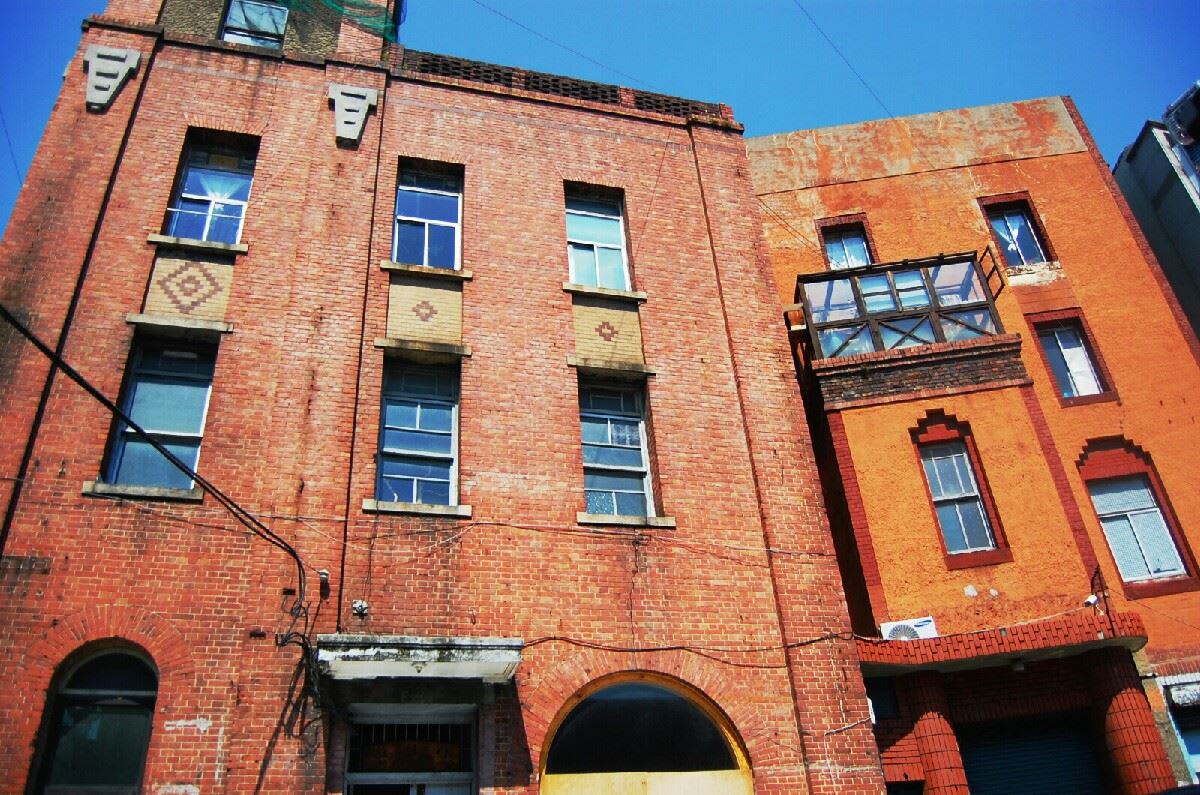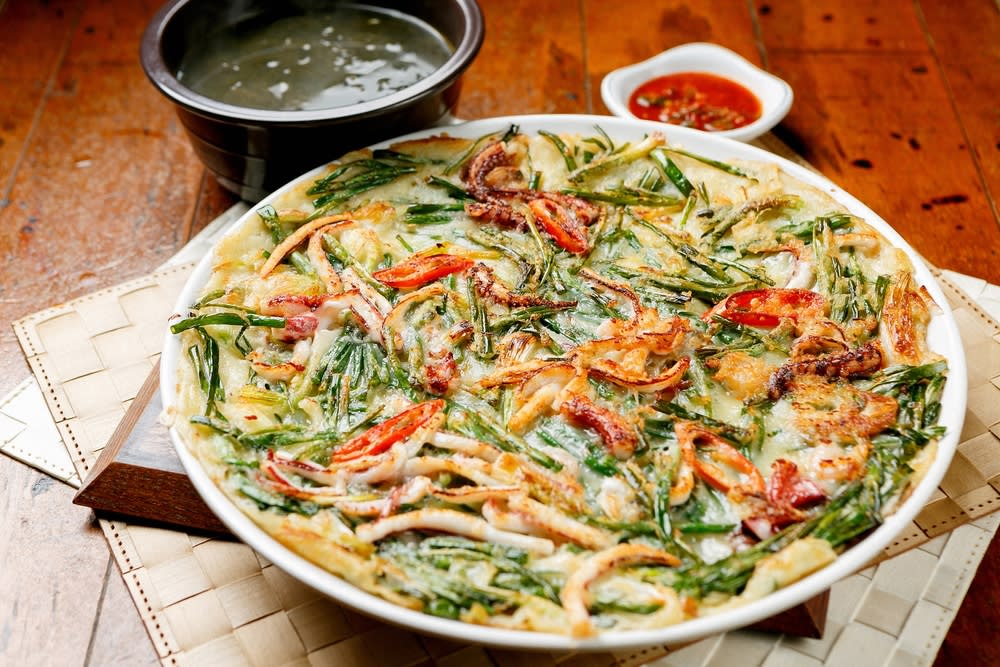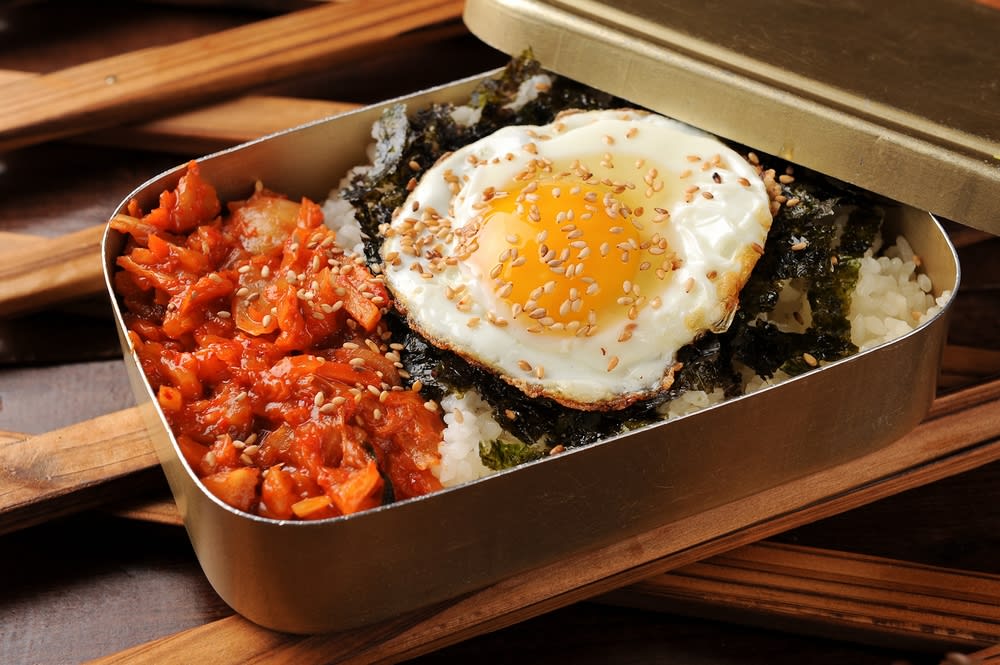Choryang Ibagu-gil
초량 이바구길
Explore Busan's modern and contemporary history through a maze of alleyways
Formed by Korean War refeguees who built densely packed houses at the foot of the mountain, this village road is home to many people who experienced Busan's modern history firsthand. It is home to the Choryang Church, which played a major role in the March First independence movement, and a well shared by 400 residents. And this road is named Ibagu, a Busan dialect word meaning "story" to embrace various stories of the residents here. It starts at the site of the Namseon Warehouse, the first modern warehouse in Busan, and extends to Mangyang-ro, where there are restaurants selling classic dishes from the past and observation decks overlooking Busan Port. There are many steep climbs and stairs along the way, so it is recommended to take the monorail located next to '168 Stairs' to get to the top and then slowly walk back down the road.
Food & Dining
- Brown Hands Baekje

https://www.facebook.com/brownhands.co.kr/photos/a.195462753860136/888431614563243/?type=3&theater
Coffee shop with a vintage interior, renovated from Busan's first modern hospital
- 625 Makgeolli

shutterstock.com
Traditional tavern featured on "Battle Trip," perfect for enjoying Makgeolli (Korean rice wine) with seafood pajeon (green onion pancake)
- 168 Lunch Box

shutterstock.com
Restaurant famous for its nostalgic nickel silver bento boxes filled with fried eggs, old-fashioned ham, and more
- Sting

shutterstock.com
Coffee shop with a "slow mailbox" that delivers your letter a year later
Information
How to get there
- 1 min walk from Busan Station (Line 1) - 14 min walk from Busan Station
Insider Tips
현재 모노레일 보수 공사 중(입장 가능, 2024년 6월 20일 기준 확인)
Public parking lots available nearby
Complimentary monorail transportation
- June - September 07:00 - 21:00
- 10 - May 07:00 - 20:00
- May be canceled in case of inclement weather
